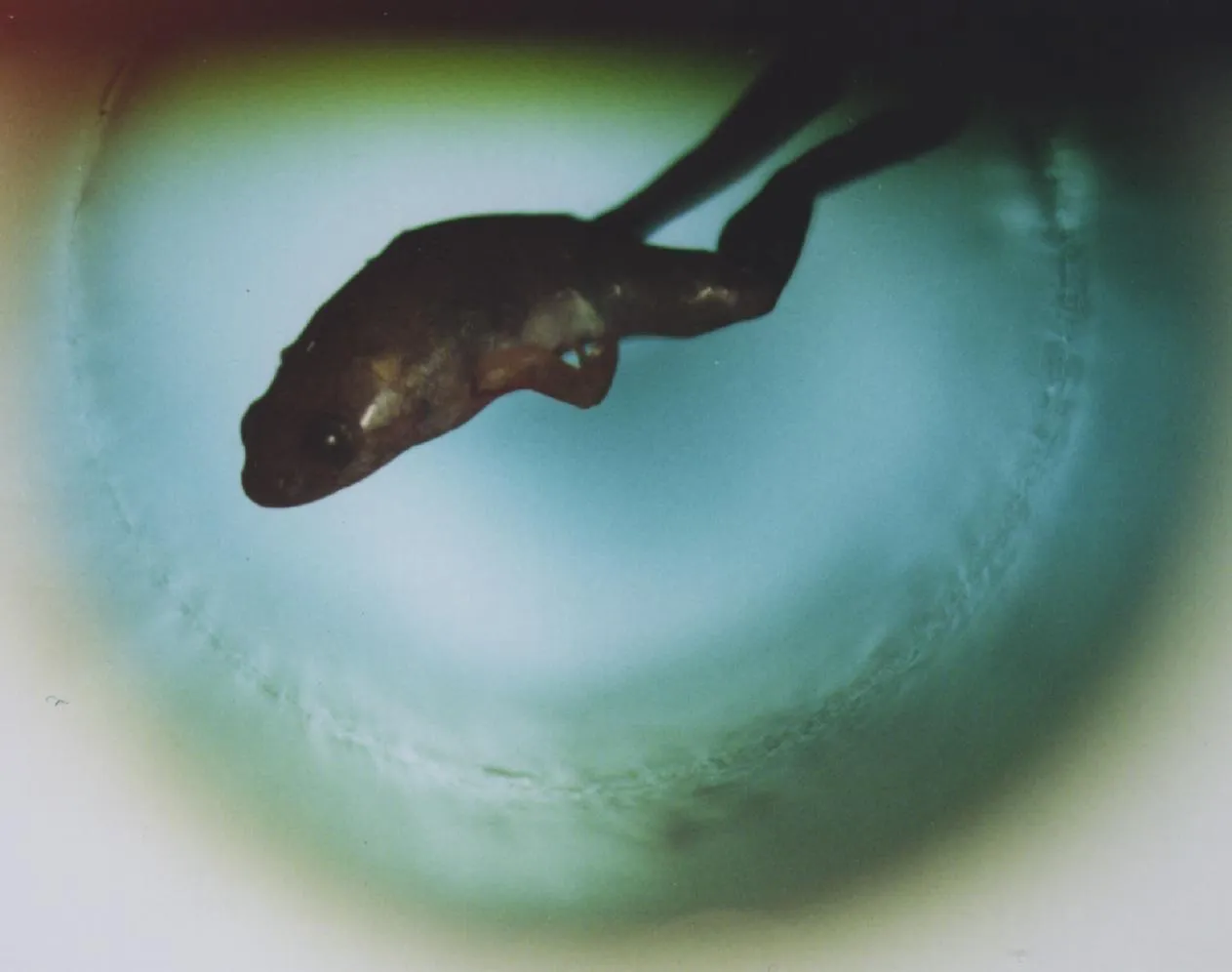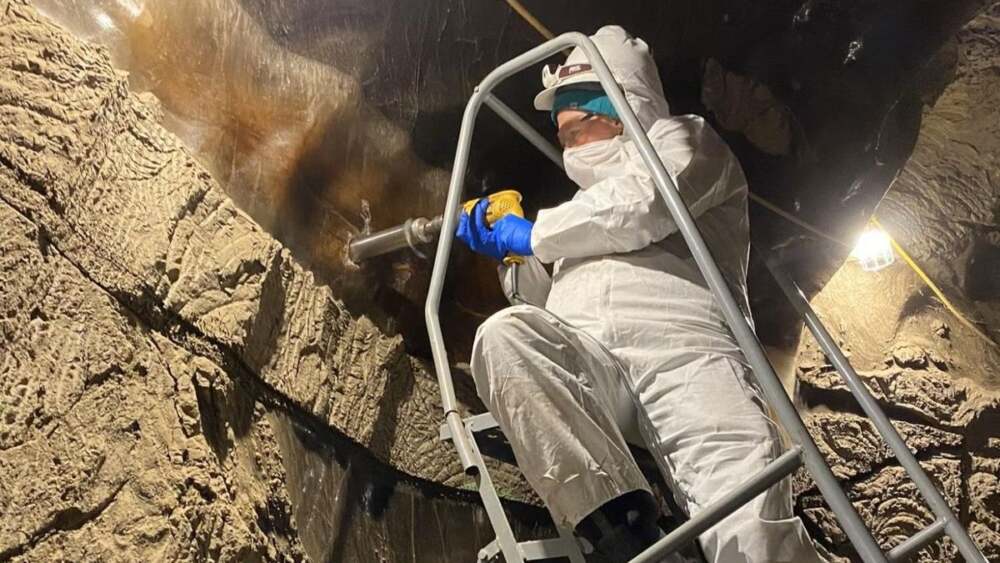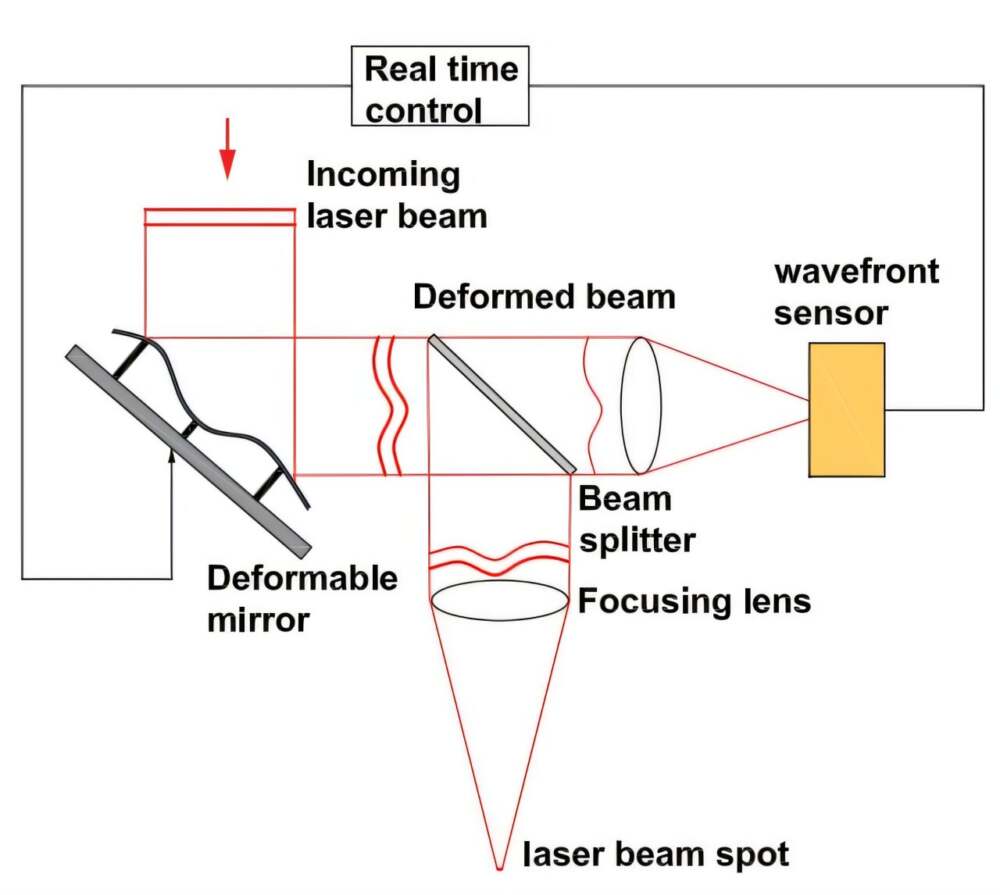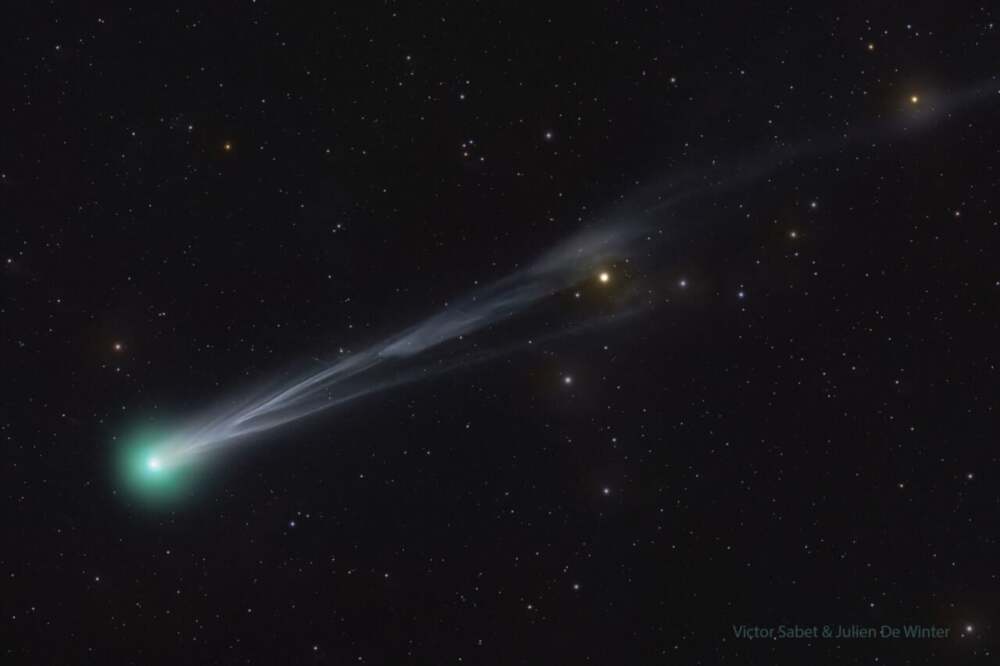August 7, 2025
In a discovery that could significantly reshape our understanding of early human migration, archaeologists have uncovered stone tools on the Indonesian island of Sulawesi that date back more than 1 million years. This revelation suggests that ancient hominins—our early human ancestors—may have reached remote islands in Southeast Asia much earlier than previously believed.
Over a Million Years of History Unearthed
The site, located in the Maros-Pangkep region of southern Sulawesi, yielded a set of stone tools embedded in sediment layers that have been reliably dated to approximately 1.04 million years ago. This timeline predates any prior evidence of human activity on Sulawesi and makes it one of the earliest known instances of hominin presence in the region.
Though no human remains were discovered alongside the tools, researchers believe the artifacts were likely made by a now-extinct hominin species—possibly related to Homo erectus, a species known to have dispersed across Asia during the same period.
A Paradigm Shift in Prehistoric Navigation
What makes this discovery especially remarkable is the implication that these early hominins may have crossed deep ocean waters to reach Sulawesi. Unlike regions of mainland Asia that were accessible by land bridges during glacial periods, Sulawesi is part of Wallacea, a region that was never connected to the Asian continent by land.
This suggests that early humans or their relatives had some capacity for seafaring or at least accidental oceanic crossings—capabilities previously not thought to exist until much later in human evolution.
Echoes of the “Hobbit”
The findings on Sulawesi are particularly intriguing given the earlier discovery of Homo floresiensis—nicknamed the “Hobbit”—on the neighboring island of Flores. That species is thought to have evolved in isolation from an ancestral Homo erectus population. The Sulawesi tools now raise the possibility that similar evolutionary stories could have unfolded on other islands in the region, such as Sulawesi itself.
Could Sulawesi have once been home to its own unique hominin species? The answer remains elusive, but researchers are hopeful that future excavations might uncover fossil evidence to support such theories.
Scientific Breakthrough and Ongoing Mystery
The stone tools discovered are relatively simple—flaked stone implements used likely for cutting and scraping—but their age and location make them some of the most significant artifacts ever found in Southeast Asia. They provide strong evidence that human ancestors were more mobile and adaptable than previously thought, even capable of overcoming formidable natural barriers like ocean straits.
At the same time, many questions remain. Who exactly made these tools? How did they reach Sulawesi? And what became of them?
Looking Ahead
This discovery adds an exciting new chapter to the story of human evolution and dispersal. It challenges outdated assumptions and opens the door for a broader exploration of early human movement across the islands of Southeast Asia. As excavations continue, researchers hope to find fossil remains that will help identify the mysterious toolmakers and shed more light on how and when humans first reached these remote lands.
One thing is clear: the story of early human migration is far older, more complex, and more oceanic than we ever imagined.
















Leave a Reply